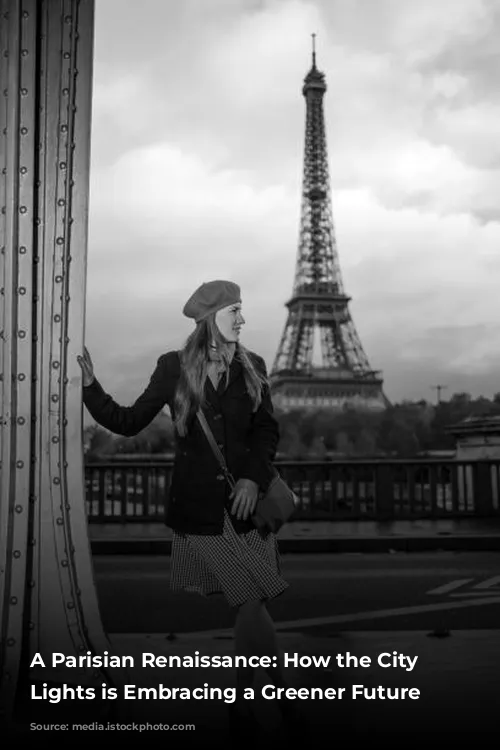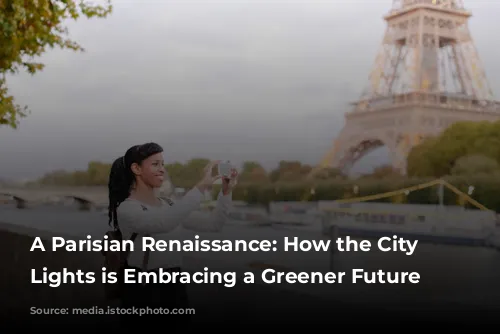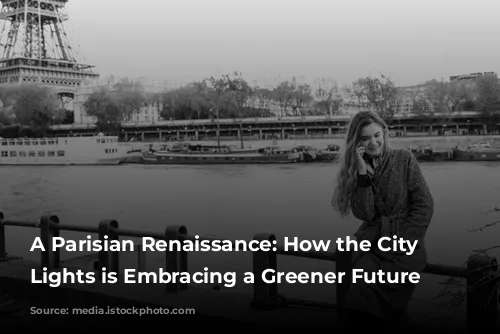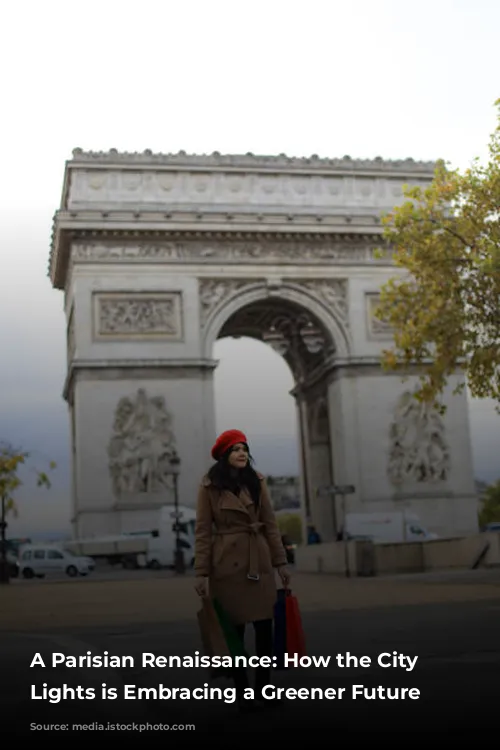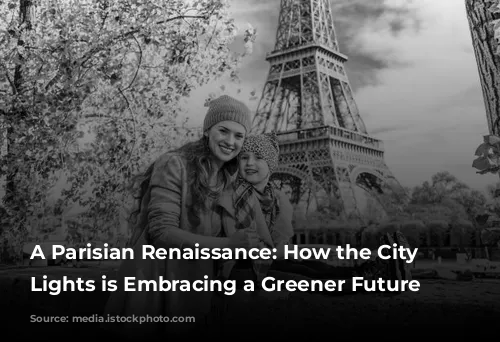Paris, a city I once knew as a young student, has undergone a remarkable transformation. While the 80s presented a different landscape, with dodgy neighborhoods and car break-ins, the city today is vibrant, green, and reinvigorated. This change is largely attributed to the visionary leadership of Anne Hidalgo, the first female mayor of Paris.
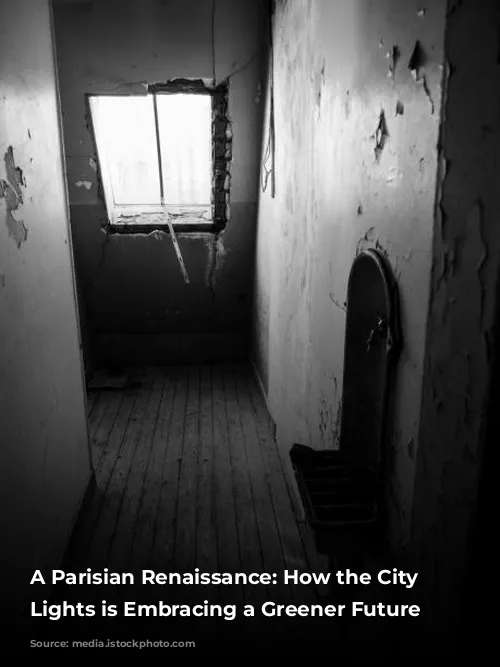
Paris: A 15-Minute City
Hidalgo’s vision? To transform Paris into a 15-minute city. This ambitious plan, championed by urban planners worldwide, aims to improve urban quality of life by making all essential services – housing, workplaces, healthcare, parks, restaurants, and cultural venues – accessible within a 15-minute walk or bike ride.
This concept is not entirely new. American urban planner Clarence Perry proposed a similar idea in the 1920s, envisioning a “neighborhood unit” where walkability and community life were prioritized. While the rise of the car and city zoning later pushed this concept aside, the idea of creating self-sufficient neighborhoods has remained relevant.
Hidalgo, however, is not simply building on the past; she is revolutionizing Paris. Green spaces are blossoming, bike lanes are proliferating, and traffic-clogged streets are being reclaimed by pedestrians and cyclists. Even the iconic Rue de Rivoli is now dedicated to buses and two-wheelers. It’s a truly exciting transformation.
Paris: A City on Two Wheels
The heart of this change lies in encouraging Parisians to switch from cars to bicycles. Hidalgo recognizes that Parisian adaptability is key to this shift. The city is flooded with bike-sharing options, providing affordable and accessible transportation. E-scooters and E-mopeds further bolster this sustainable mobility network.
Hidalgo’s approach is multifaceted: she’s reclaiming public space from cars, reducing pollution and noise, and promoting a healthier lifestyle. Her approach isn’t about banning cars, but rather prioritizing efficient and sustainable transportation while recognizing the environmental impact of car-centric cities.
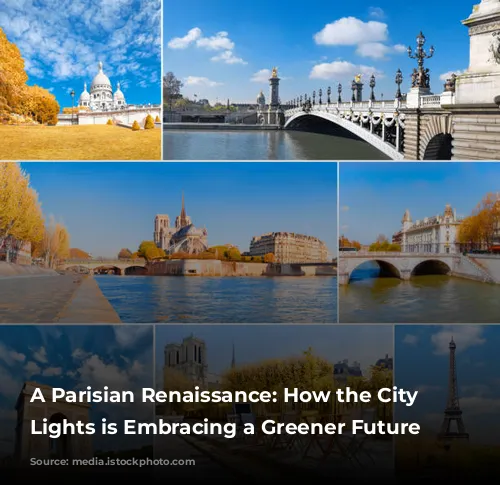
A Global Movement
Paris isn’t alone in this quest for a greener, more sustainable future. The C40 Cities Climate Leadership Group, a coalition of 40 cities committed to bold climate action, is spearheading this 15-minute city movement. Cities like Barcelona, Edinburgh, Madrid, Milan, and Seattle are adopting similar approaches, prioritizing inclusive community engagement, participatory budgeting, and restructuring city infrastructure to create vibrant, interconnected neighborhoods.
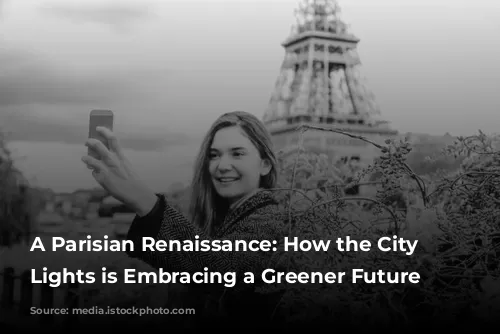
A City for All
The results are evident. Paris is becoming a more livable city – a city where people can easily move around, enjoy green spaces, and connect with their communities. While Paris still retains its dynamic and bustling energy, the transformation is undeniable: bikes and e-scooters now dominate the streets, providing a more sustainable and enjoyable way to experience the City of Lights.
It’s a testament to the power of visionary leadership and a commitment to a greener future. Paris’s transformation is a powerful example for cities around the world, demonstrating that even the most iconic metropolises can embrace sustainable change.
Let’s all learn from Paris and join the movement towards greener, more liveable cities for all.
